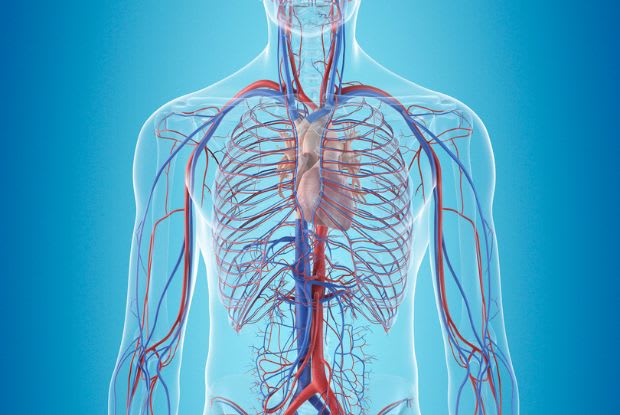Table of Contents
IV. Entresto Drug Interactions
In recent years, Entresto has emerged as a promising medication for managing heart failure. Its unique mechanism of action and effectiveness have made it a valuable tool in treating heart failure in adults and children.
In this guide, we'll explore what Entresto is, how it works, potential side effects, and interactions with other drugs.
What is Entresto?
Entresto is an oral prescription medication containing sacubitril and valsartan. The FDA approved Entresto in 2015 to treat heart failure in adults and children.
- For adults, Entresto can help reduce the risk of cardiovascular death or hospitalization due to worsening heart failure. Its benefits are mostly seen in people with a reduced left ventricular ejection fraction, where the heart muscle is not pumping enough blood.
- Entresto treats symptomatic heart failure in children ages one year and up. As with adults, it is used in pediatric patients who have heart failure with reduced ejection fraction. [1]
When taken consistently, Ernesto can lessen the burden of heart failure symptoms, keep people out of the hospital, and reduce mortality risk. [1]
How Entresto Works
Entresto is a combination of two medications: sacubitril and valsartan. Through complementary mechanisms, these drugs ease the workload of the failing heart in both adults and children. Together, they form an angiotensin receptor-neprilysin inhibitor (ARNI). [2] With a dual-acting mechanism, Entresto offers a valuable therapy for both adults and children with chronic heart failure involving reduced ejection fraction. By easing strain on the heart, it can enhance quality of life and potentially extend life expectancy. [2] Entresto, like any medication, can cause side effects in some individuals. However, not everyone experiences adverse reactions, and the side effects tend to differ from person to person. Common and usually less serious side effects of Entresto include cough and dizziness. These side effects are often mild and tend to go away on their own or with a minor adjustment in dosage or administration. However, you should immediately inform your doctor if these side effects become bothersome or persistent. [1] More serious side effects are also possible with Entresto, though less likely to occur. These include: Entresto has the potential to interact with several other medications. It’s important to be aware of these interactions and talk to your doctor before starting or stopping any medications. Entresto represents a significant advancement in treating heart failure with reduced ejection fraction, offering patients a new treatment option to choose from. Understanding the mechanisms of action, potential side effects, and drug interactions associated with Entresto is crucial for ensuring its safe and effective use. To learn more about Ernesto, visit our dedicated Ernesto blog. The content provided in this article is based on thorough research and in some cases, reviewed by a medical professional. Our goal for the information is to provide helpful, general health informational. It is not intended as a substitute for professional medical advice.
Entresto Side Effects
Entresto Drug Interactions

When taking Entresto, it is important to be cautious when using potassium-sparing diuretics (such as spironolactone, triamterene, amiloride), potassium supplements, or salt substitutes containing potassium. Combining these with Entresto may increase serum potassium levels. Discuss your medication regimen with your doctor to determine the best course of action to avoid any potential complications.
Conclusion
